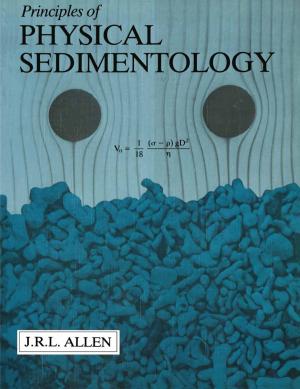Internet Links for Science Education
Student - Scientist Partnerships
Nonfiction, Science & Nature, Science, Other Sciences, Study & Teaching, Reference & Language, Education & Teaching, Teaching, Teaching Methods| Author: | ISBN: | 9781461559092 | |
| Publisher: | Springer US | Publication: | December 6, 2012 |
| Imprint: | Springer | Language: | English |
| Author: | |
| ISBN: | 9781461559092 |
| Publisher: | Springer US |
| Publication: | December 6, 2012 |
| Imprint: | Springer |
| Language: | English |
Science teachers come in many varieties, but they share a common goal: to nurture learners. Over the past decade, we have learned a great deal about how to do this effectively. Of all this new (and some not so new) knowledge, what strikes me as most important is that learning occurs best within a context. Still, as obvious as that may seem, it is relatively rare in our high school science classrooms. The problem, of course, is that it is not easy to create a learning experience with hands-on relevance to the science under discussion. Science teachers, in addition to not having the the time, for the most part do not have the expertise or readily available resources. The solution lies in finding ways to bring scientists into the teaching/learning equation. Scientists teamed with teachers and their students represent a very real and rich opportunity to involve students in real science as practiced. Imagine a research book that gives examples of honest, science-research experiences for science-oriented students. What's more, imagine a book that includes examples where students are collaborating with scientists from all over the world on research projects, in person or via the Internet. Internet Linksfor Science Education does just that. It explores the role of the Internet and technol ogy in working student-scientist partnerships.
Science teachers come in many varieties, but they share a common goal: to nurture learners. Over the past decade, we have learned a great deal about how to do this effectively. Of all this new (and some not so new) knowledge, what strikes me as most important is that learning occurs best within a context. Still, as obvious as that may seem, it is relatively rare in our high school science classrooms. The problem, of course, is that it is not easy to create a learning experience with hands-on relevance to the science under discussion. Science teachers, in addition to not having the the time, for the most part do not have the expertise or readily available resources. The solution lies in finding ways to bring scientists into the teaching/learning equation. Scientists teamed with teachers and their students represent a very real and rich opportunity to involve students in real science as practiced. Imagine a research book that gives examples of honest, science-research experiences for science-oriented students. What's more, imagine a book that includes examples where students are collaborating with scientists from all over the world on research projects, in person or via the Internet. Internet Linksfor Science Education does just that. It explores the role of the Internet and technol ogy in working student-scientist partnerships.















